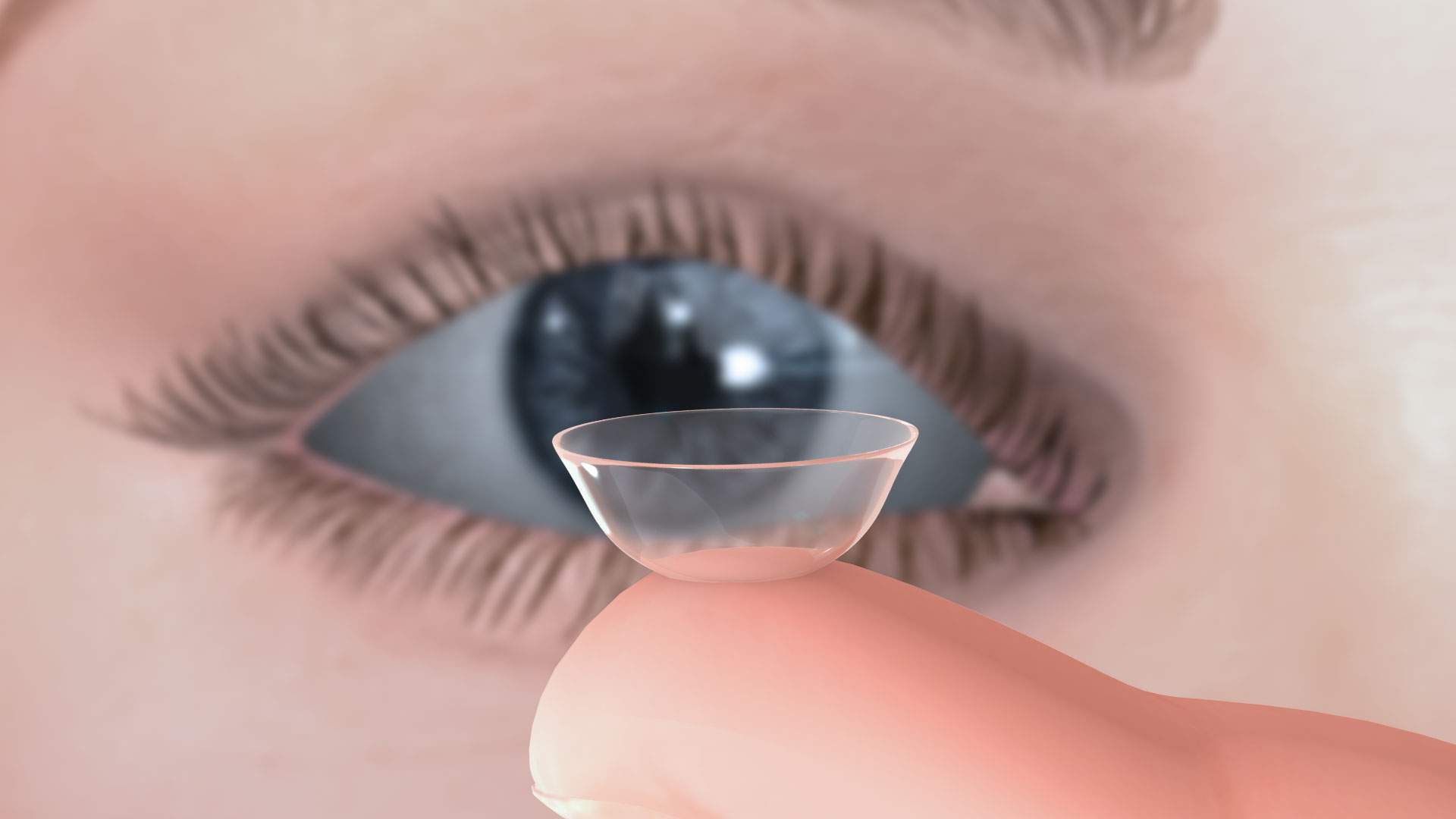Putting eye drops every day is a struggle, not just because of the difficulty and the burning sensation sometimes associated with their application, but also because they are prone to sheer forgetfulness. From the medical angle too, their dosage tends to be imprecise and may lead to side-effects. Only 1–7% of the medication in eye drops is absorbed, and the duration of effect is not sustained.
In case of severe conditions like glaucoma, a leading cause of irreversible vision loss in the U.S., skipping the daily dose of medication isn’t an option.
In such a scenario, bundling the medication into a more familiar package, such as a contact lens, is offering new hope for patients.
Researchers, with an aim to eliminate the need for self-administered eye drops, have recently experimented with contact lenses as a delivery system for medications to prevent and treat eye diseases. The goal was to boost prevention and management of eye diseases by simplifying the treatment process.
Earlier experiments which utilized contact lenses as a drug-delivery tool, showed that once they were in contact with the cornea, they dumped the drug into the patient’s eyes all at once.
However, the new approach is more mediated, wherein the lenses gradually deploy their load, and is, hence, expected to produce better outcomes.
How it works?
The sustained-release medicated contacts work either chemically or mechanically to evenly release the drug over time.
Animal trials have revealed a potential mechanism of action. Researchers at Boston Children's Hospital and Harvard Medical School designed the lenses in a way that latanoprost, the drug for glaucoma, was layered around their periphery covering their entire circumference and was encapsulated in slow-dissolving polymers that allowed its steady but continuous release into the eyes. Moreover, since the drug film was on the periphery, the center of the lens was clear, which allowed for normal visual acuity, breathability, and hydration. The lenses were even found to have the potential of providing better reduction of ocular pressure in comparison to drops.
University of Southern California's Roski Eye Institute developed a micropump that is implanted directly into the eye, controlled by a wireless device and replenished by injecting medication through a port. Initial clinical trials were very promising, spurring further trials.
The non-invasive method of sustained ocular drug delivery could potentially expand the treatment options for glaucoma and other ocular diseases. Given that the drug-eluting contact lenses can release latanoprost for at least four weeks, they could be administered once a month in contrast to the daily administration of latanoprost drops.
Currently, the lenses have been successfully demonstrated in animal trials using a range of antibiotics, antifungals, anti-inflammatories, and glaucoma drugs. The studies convincingly raise the possibility that soon we’ll have a future where we can trade eye drops for contacts.

Zinc Assists Optic Nerve Regeneration
That CNS pathways are incapable of regeneration is a well-known fact. This clearly implies that any injury could lead to permanent losses in sensory and motor functions and prove to be devastating.The optic nerve is a carrier of visual information from the eye to brain and is made up of axons of retinal ganglion neurons. Read More..

Eyes are the Windows to Mind: Early Detection of Alzheimer’s through Eye Tests
A fully manifested Alzheimer’s is marked by aggravated amyloid plaques and tangles that destroy the neurons and hamper the communication between them. However, unfortunately, the tangles and plaques are usually seen on autopsy after the patient’s death. Read More..









